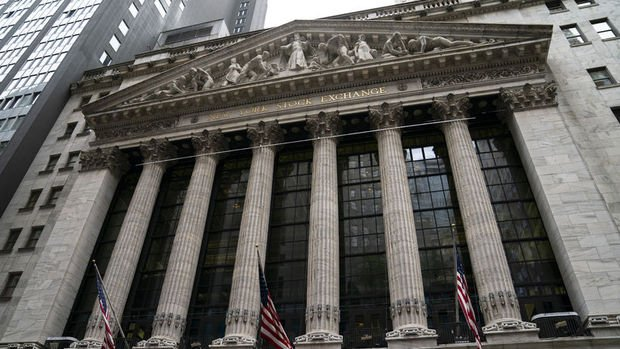Negative expectations in global markets
Two Wall Street strategists have issued warnings to stock investors. Rising oil prices and weak data from the US real sector are affecting stock and bond markets. Rising oil prices, coupled with signs of stagnation from the US manufacturing industry, have created a negative atmosphere in stock markets, while bond yields have also declined. US stock futures are losing ground. The losses are further advanced in technology-heavy Nasdaq 100 futures. Technology stocks are also diverging negatively in Asia. Hong Kong's Hang Seng is in the red due to the decline in Alibaba shares. Moderate gains are seen in the rest of Asia Pacific. The US two-year bond yield fell six basis points to 3.97 percent on Monday after weak US manufacturing activity. The yield is trading one basis point higher at 3.98 percent this morning. The Bloomberg Dollar Index is up 0.1 percent at 1,227 points. As recession concerns increase, industrial metals are falling, while iron ore is losing 2.4 percent, nickel 2 percent, copper 0.9 percent, and aluminum 0.6 percent in the morning hours. Is there a 'calm before the storm' in global markets? Two important Wall Street strategists warned stock investors after the OPEC+ decision. JPMorgan Strategist Marko Kolanovic said that the high risk appetite that triggered the rally in stocks this year will most likely not continue. According to Kolanovic, the headwinds created by banking turbulence, the oil shock, and the slowdown in growth could send stocks back to their 2022 lows. Stating that the Fed does not intend to cut interest rates, Kolanovic said, “We foresee a decrease in risk appetite and expect markets to test last year's lows in the coming months,” and described the recent rally in stocks as “the calm before the storm.” According to Bank of America Strategist Savita Subramanian, pessimism about stocks has not been this high in years as the banking crisis reignited recession expectations. Subramanian added that this pessimism on Wall Street could be a “buy” signal for investors who are optimistic about stocks.


